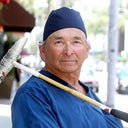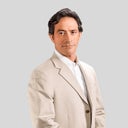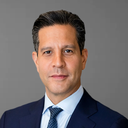Why do some pack the nose afterwards and some don't? My daughter is considering a Rhinoplasty and Septoplasty and we're swondering what the pros and cons of packing the nose are and whether or not it is necessary and beneficial.
Answers (6)
From board-certified doctors and trusted medical professionals
Dr. C. Spencer Cochran, MD

Dr. C. Spencer Cochran, MD
Board Certified Otolaryngologist
Answer
Dr. Eric M. Joseph, MD

Dr. Eric M. Joseph, MD
Board Certified Facial Plastic Surgeon
Answer
Dr. Toby Mayer, MD

Dr. Toby Mayer, MD
Board Certified Facial Plastic Surgeon
Answer
Dr. Otto Joseph Placik, MD

Dr. Otto Joseph Placik, MD
Board Certified Plastic Surgeon
Answer
Dr. William Portuese, MD
Dr. William Portuese, MD
Board Certified Facial Plastic Surgeon
Answer
More Rhinoplasty Questions
See all Rhinoplasty Q&AWE SEND PRETTY
EMAILS
What’s trending? Who’s turning heads? Which TikTok myths need busting? We’ve got you. No fluff, no gatekeeping—just real talk. Get our free, unfiltered newsletter.
